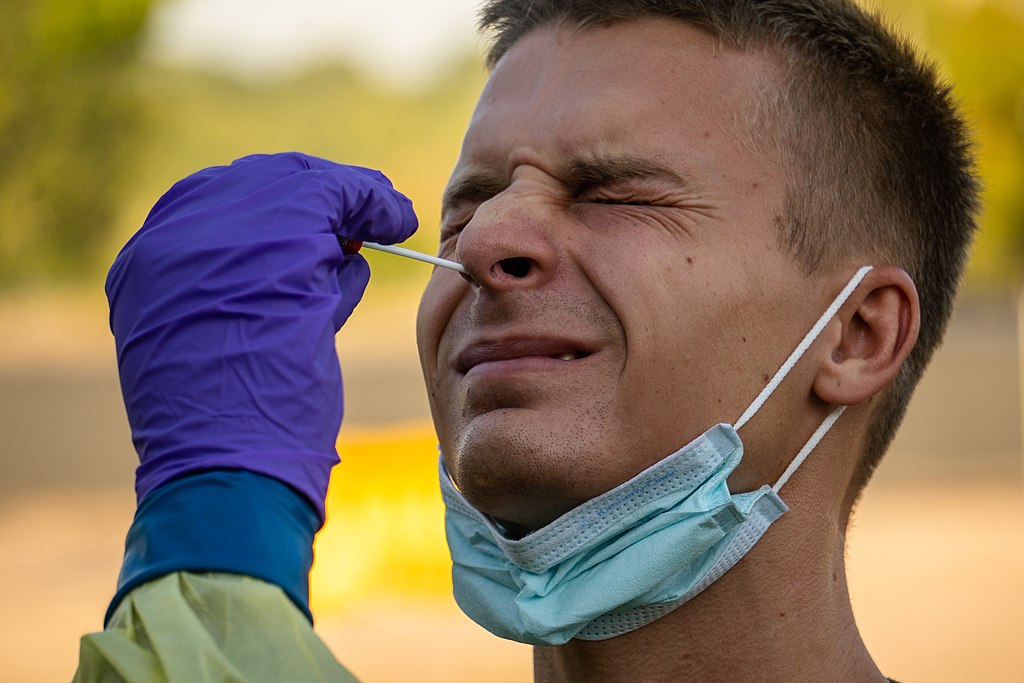The pandemic has certainly been a trigger for some really interesting science to be done. Here’s something that’s hit the headlines today – Artificial Intelligence can be used to detect COVID-19 from the sound of someone’s cough. If you want to read it, the full report is here, but unless you’re lucky enough to subscribe to IEEE you’ll only be able to read the abstract. A game-changer in the fight against COVID-19? Hard to say right now, but it certainly has potential.
The sensitivity of the algorithm is impressive: 98.5% overall, and 100% for people who don’t have symptoms. That means there’s the potential for nearly everyone who has COVID-19 to be identified.
One can easily imagine the potential of this. Perhaps not so much for New Zealand*, but in a country where a great many people have COVID-19 and don’t know it, rapid, easy screening will be very helpful. One could even imagine an App – your alarm goes on your phone in the morning, you reach over to the bedside table, poke the alarm off button on your phone and then cough at it. As easy as that. And if it thinks you should be staying away from others, it will tell you, there and then.
Slovakia is currently going through the ambitious process of testing almost the whole of its population. This is a job that would be so much easier if most people could do it at home via an app they’ve downloaded, rather than having medical staff fan out across the country administering antigen tests (quicker but less accurate than the PCR tests that we are used to in New Zealand).
One thing that I think needs some improvement, however, is the specificity. That’s the rate at which people who don’t have COVID-19 are falsely classified as having COVID-19. The specificity reported is 94% overall. That’s fine if you’re doing what Slovakia is doing, but if you want to add it to an alarm clock app then it means six out of every 100 people each morning will be needlessly told not to bother getting out of bed.
With classification algorithms, there’s usually a trade-off between sensitivity and specificity. That means we can increase the specificity (i.e. decrease the rate that those who don’t have COVID-19 are told that they have) at the expense of a decrease in sensitivity (i.e. a decrease in the rate at which those who have COVID-19 are told that they have). But with a high sensitivity of 98.5% reported in the article, that means there’s room to do this.
And, whatever the balance, having the test has got to be more pleasant than a swab up the nose.
*Although, thinking about today’s case in Christchurch, it would mean that one could administer one’s own COVID-19 test and cut-out some of the risk to health workers.
Banner image: Navy Medicine https://www.flickr.com/photos/navymedicine/50241068851/
